Refrigerators and heat pumps
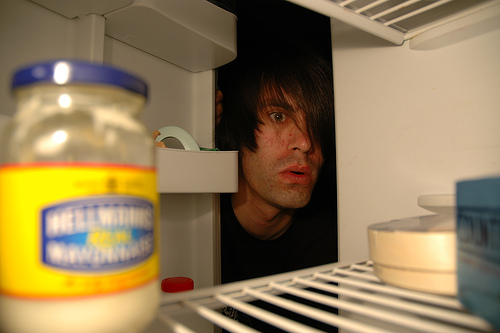 How do they work?
How do they work?
GC has recently installed a water-source heat pump system.
Expansion/compression of gases
Both of these devices take advantage of this behavior exemplified by gases:
- If you suddenly compress a gas, its temperature will rise (dramatically)
- Conversely, if you force a gas to suddenly expand, its temperature will drop.
Refrigeration cycle
- Take your gas cylinder inside a fridge.
- Quick! Expand the gas!
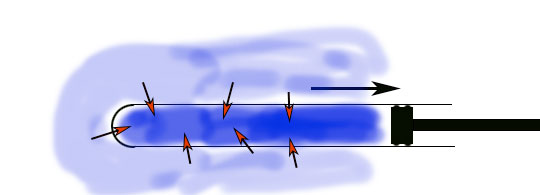
The expanded gas is colder than the fridge, so, -
- Heat flows from the fridge to the colder piston gas,
- until the fridge and piston gas temps are equal.
- Take your gas cylinder to the room outside.
- Quick! compress the gas!
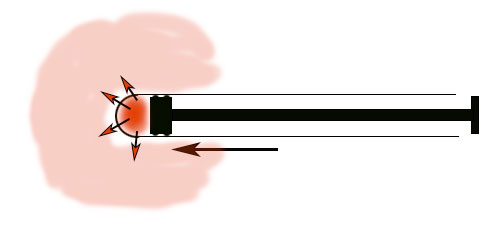
The gas is hotter than the room, so - - Heat flows from the hot piston gas to the air in the room,
- until the room and piston gas temps are equal.
- Repeat!
Heat pump
Heating your house in winter...
- Take your gas cylinder outside the house.
- Quick! Expand the gas!

The expanded gas is colder than the air outside, so, -
- Heat flows from the outside air into the colder piston gas,
- until the piston gas reaches the outside air temperature.
- Take your gas cylinder inside the house.
- Quick! compress the gas!

The gas is hotter than the room, so - - Heat flows from the hot piston gas to the air in the room,
- until the room and piston gas temps are equal.
- Repeat!
Does it matter if the outside temperature is cooler than the inside temperature??
Air conditioner
[Writing] How could you arrange these expansions and compressions to air condition (cool) your house in the summer??
Reverse heat engine
- You've done some work (compressing and expanding)
- You've sucked heat out of one place,
- And pushed heat in to some other place.
The energy diagram looks like this...
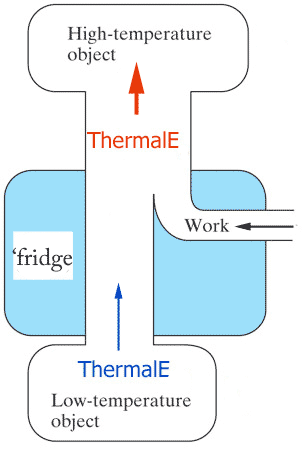
...which looks like a heat engine in reverse.
But is this machine a heat engine?
Bring pressure ignitor to answer fridge question
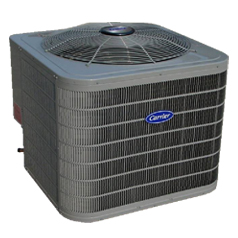 A heat pump can be used to heat your house. Either instead of a furnace (mild climate) or in addition to a furnace (N. IN).
A heat pump can be used to heat your house. Either instead of a furnace (mild climate) or in addition to a furnace (N. IN).
- "low temperature" place is outside air ("air source" heat pump) or water below ground ("ground source" heat pump),
- "high temperature" place is inside of house.
In the summer, you reverse the pumping of heat.. the cold temperature place is inside, and you pump heat to the outside (warmer). This is called "air conditioning"!
Such a device is *not* constrained to have an efficiency less than 1.
What is the very best a furnace can do with the chemical energy of natural gas when it heats your house? that is...
1 unit of chemical energy is converted to _____ units of heat energy inside your house?